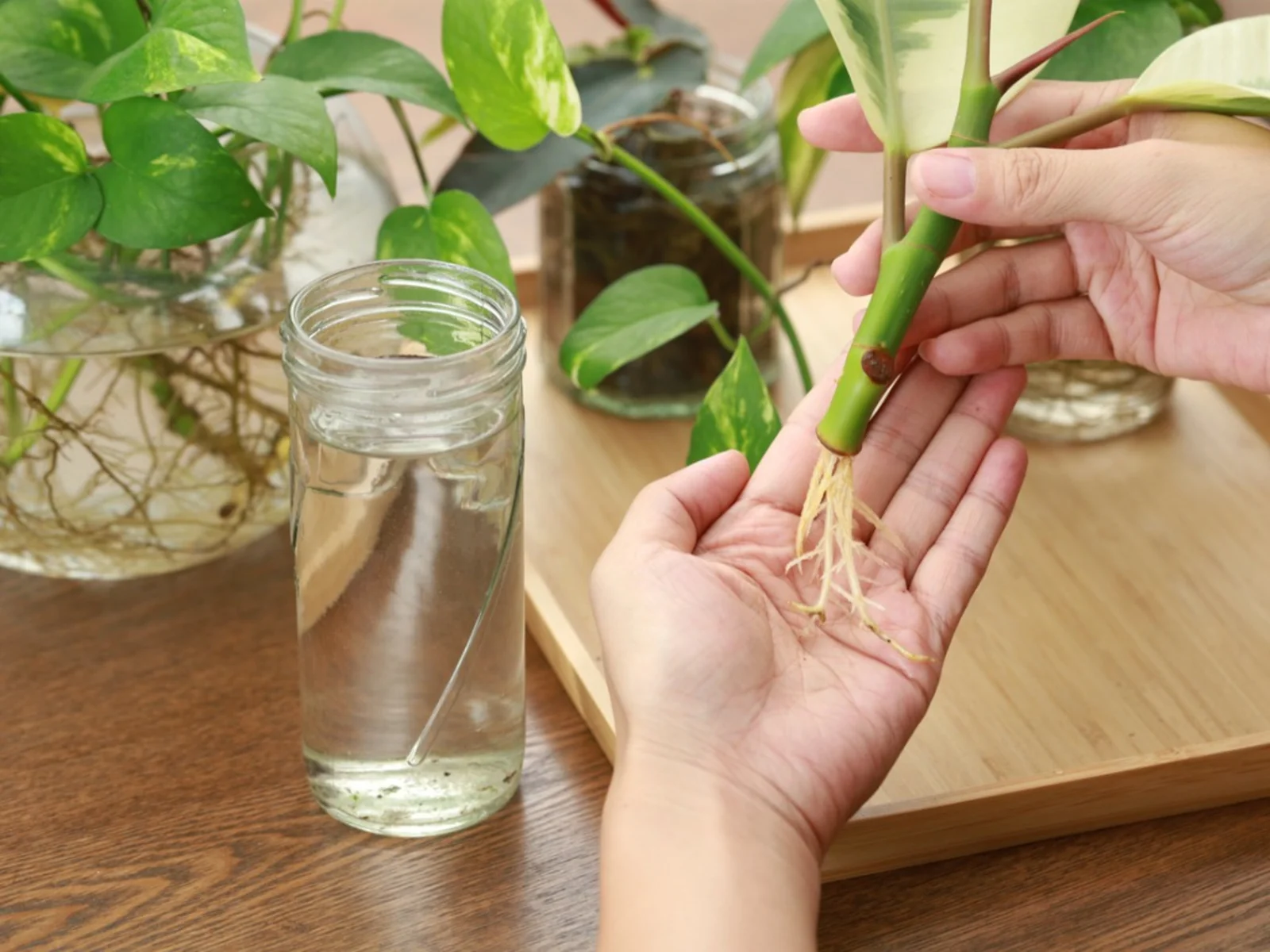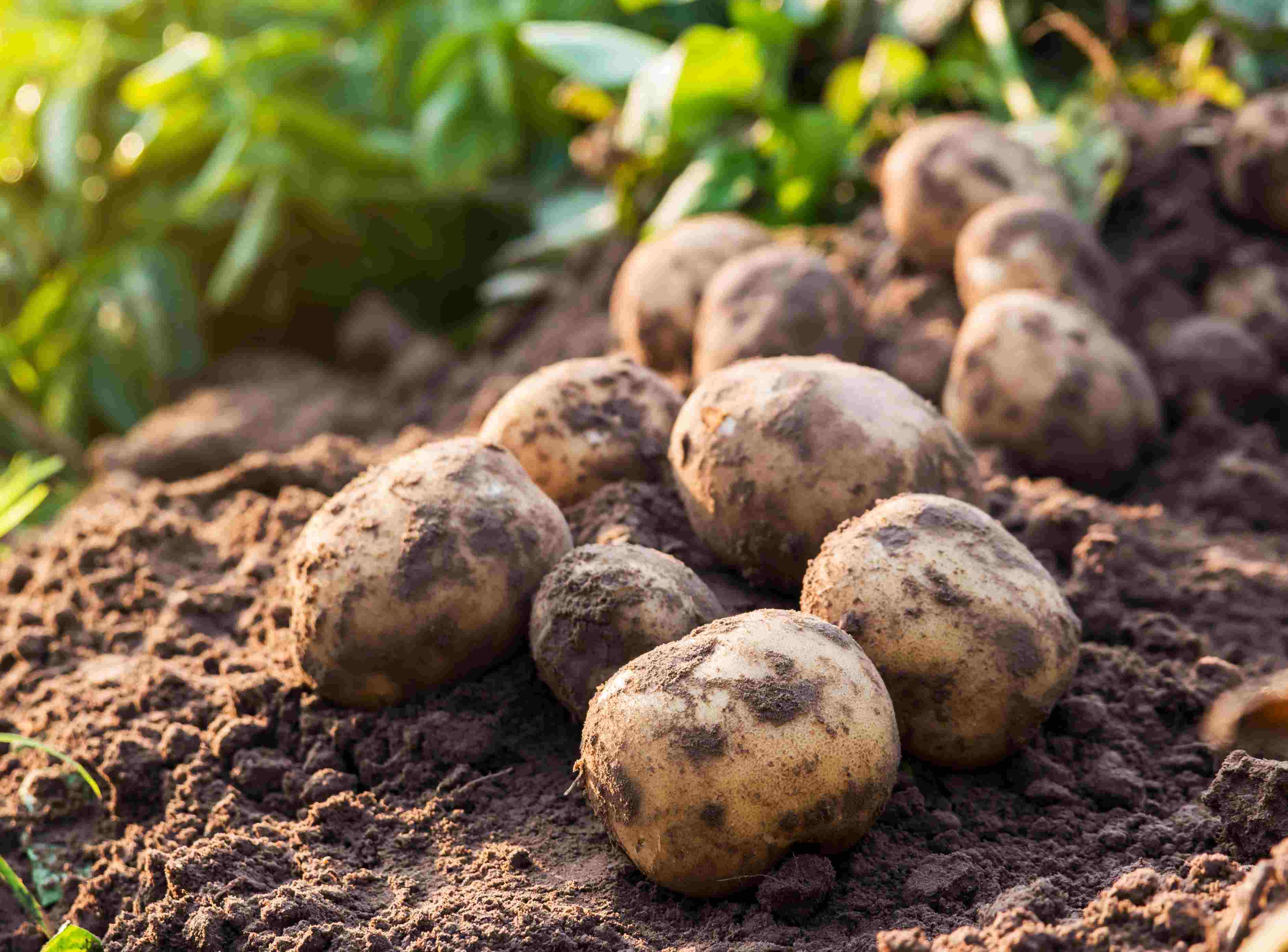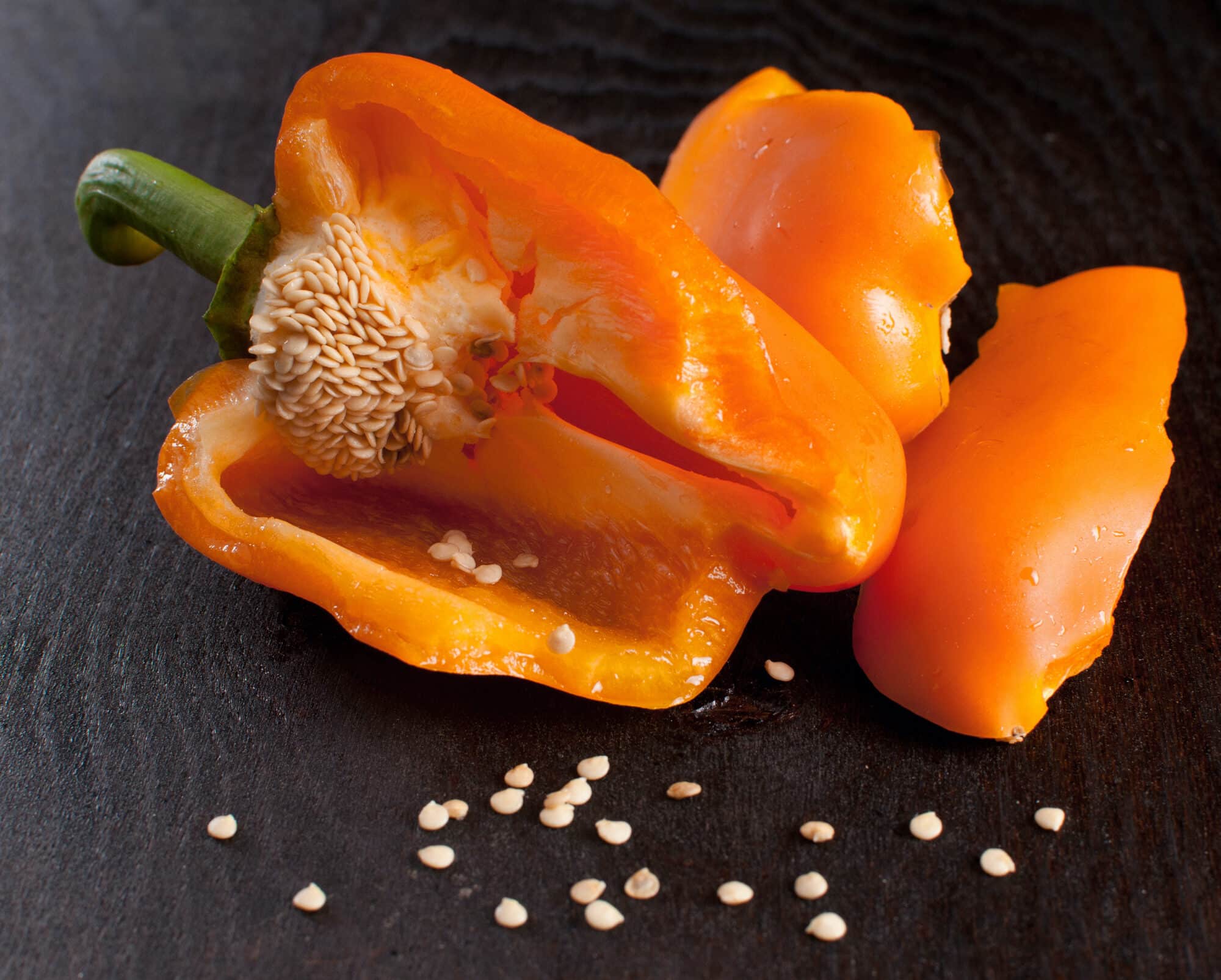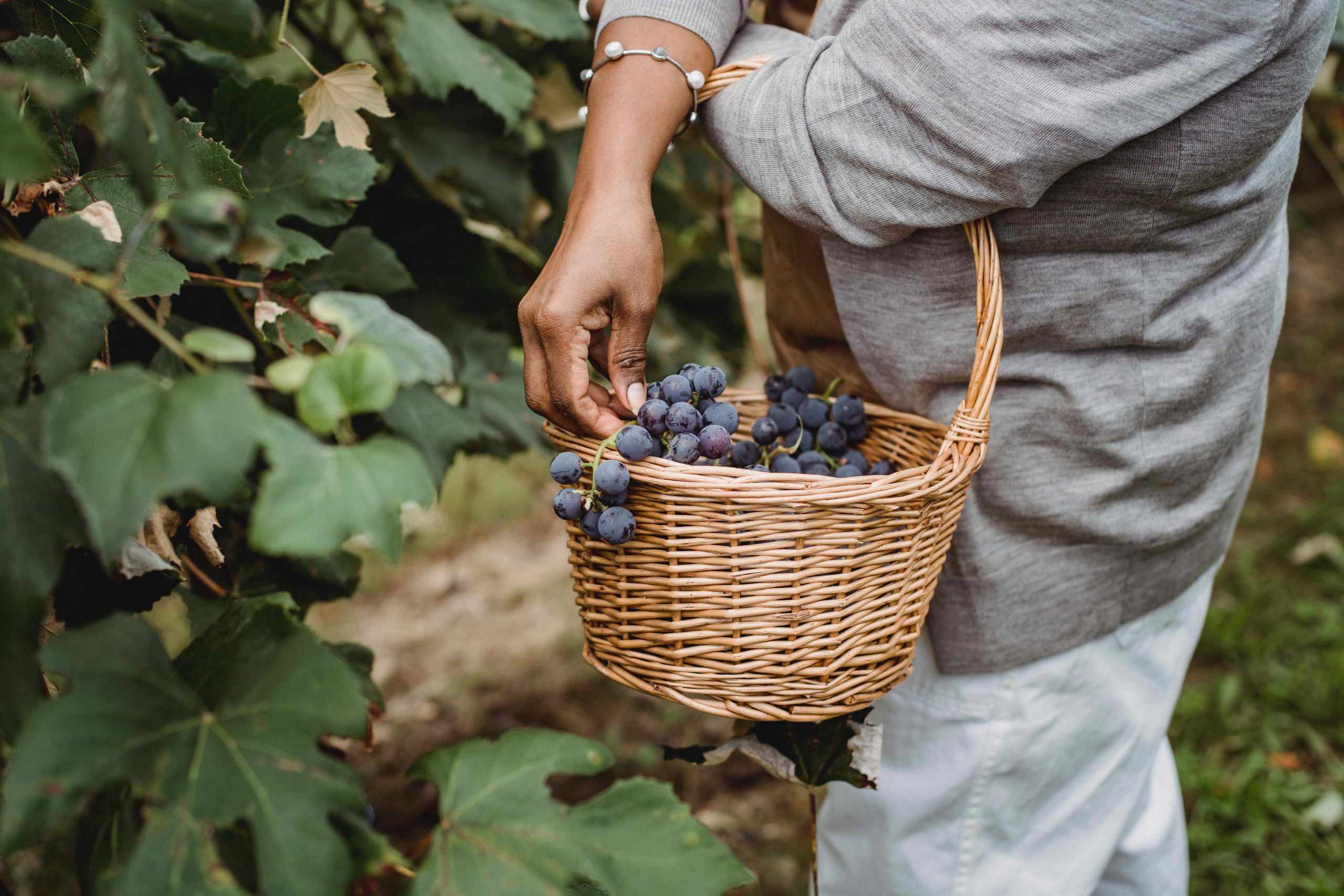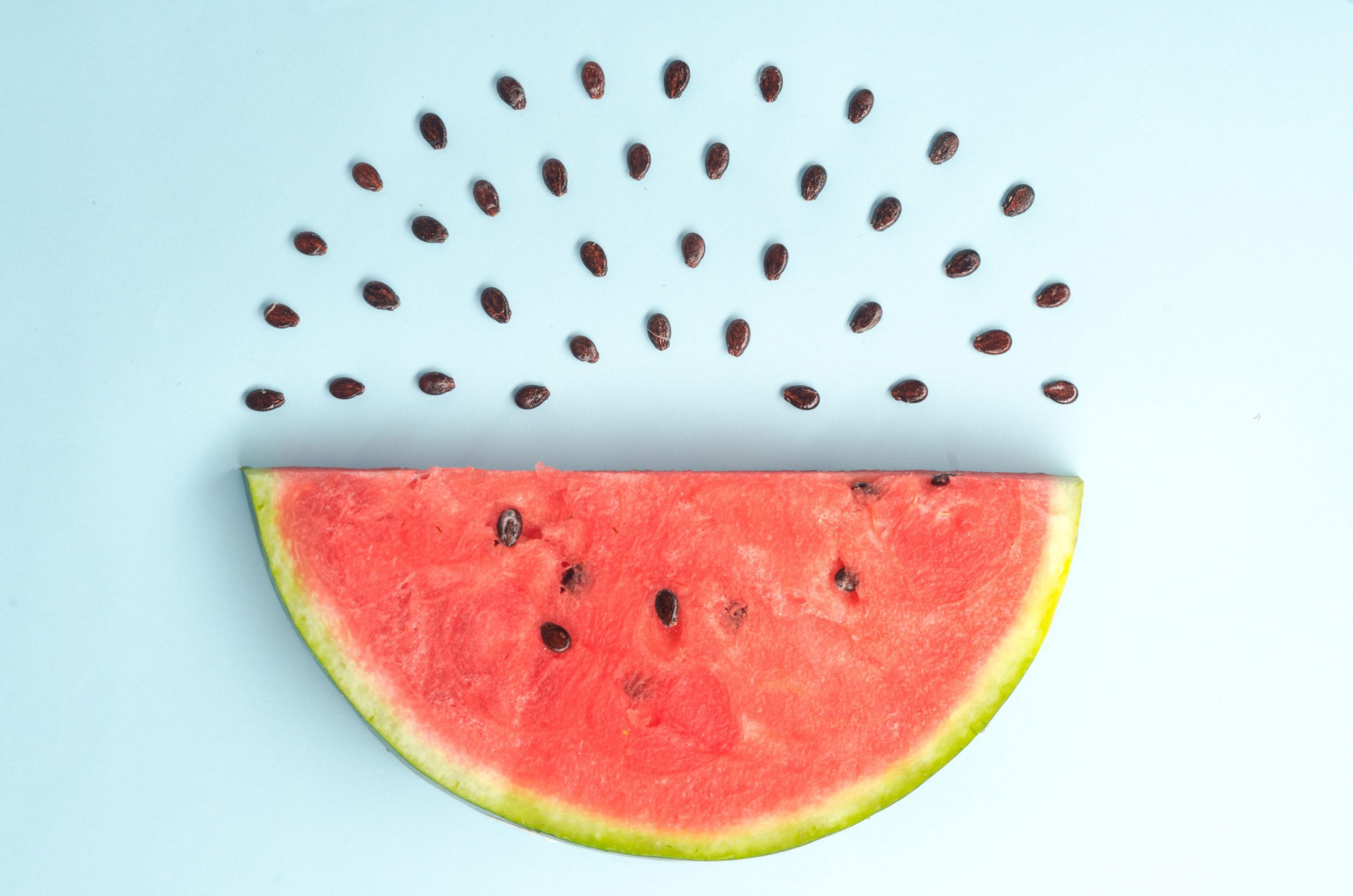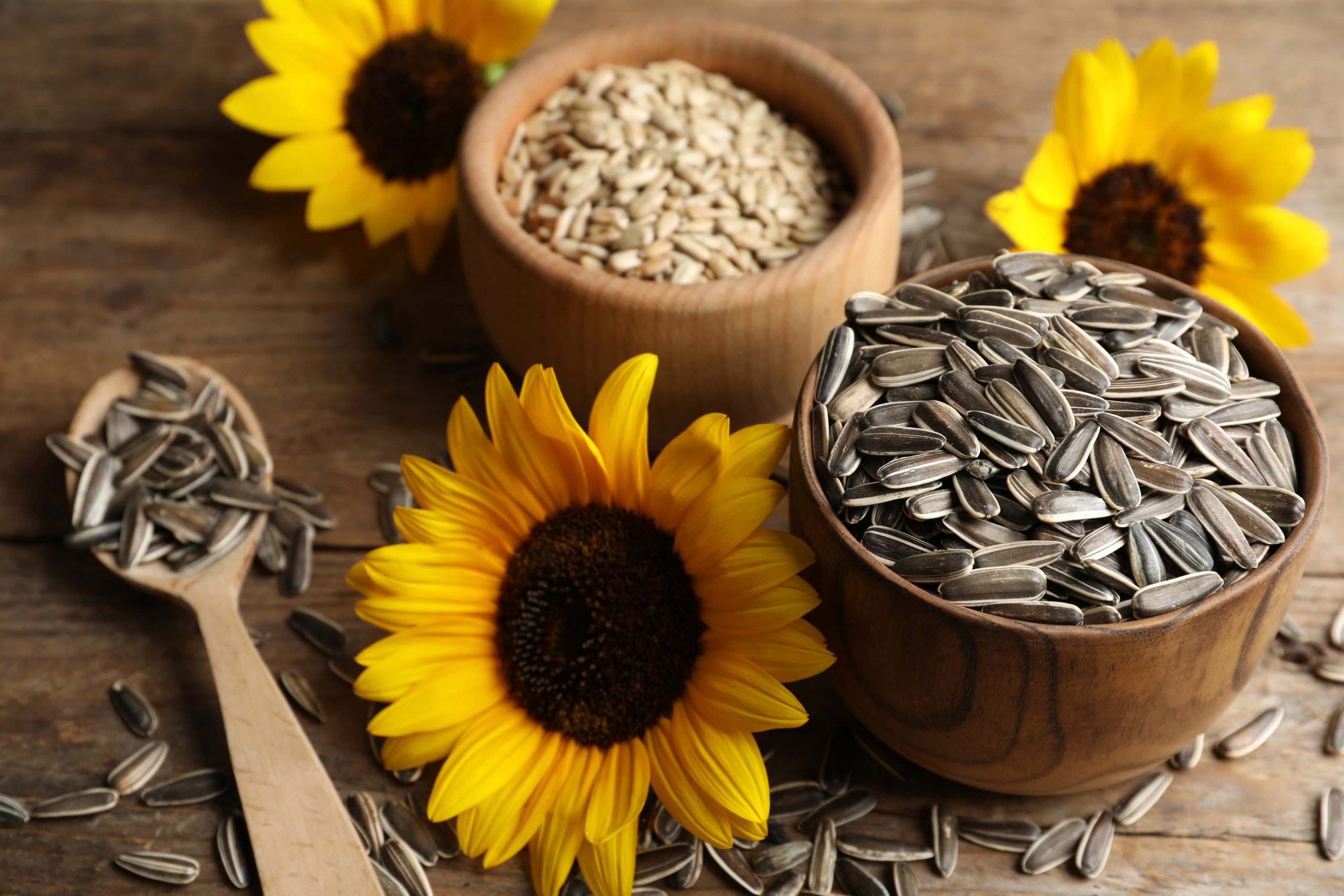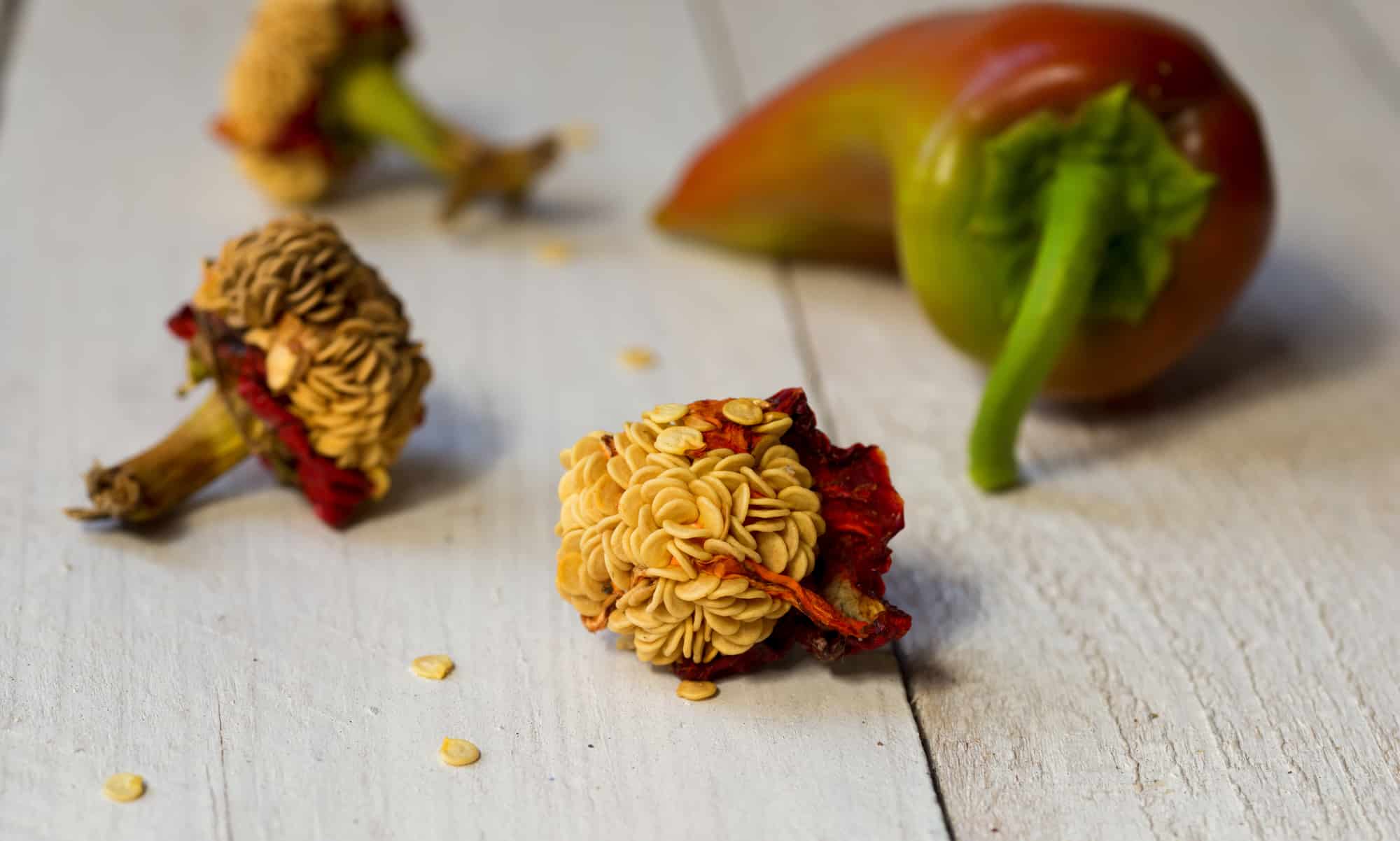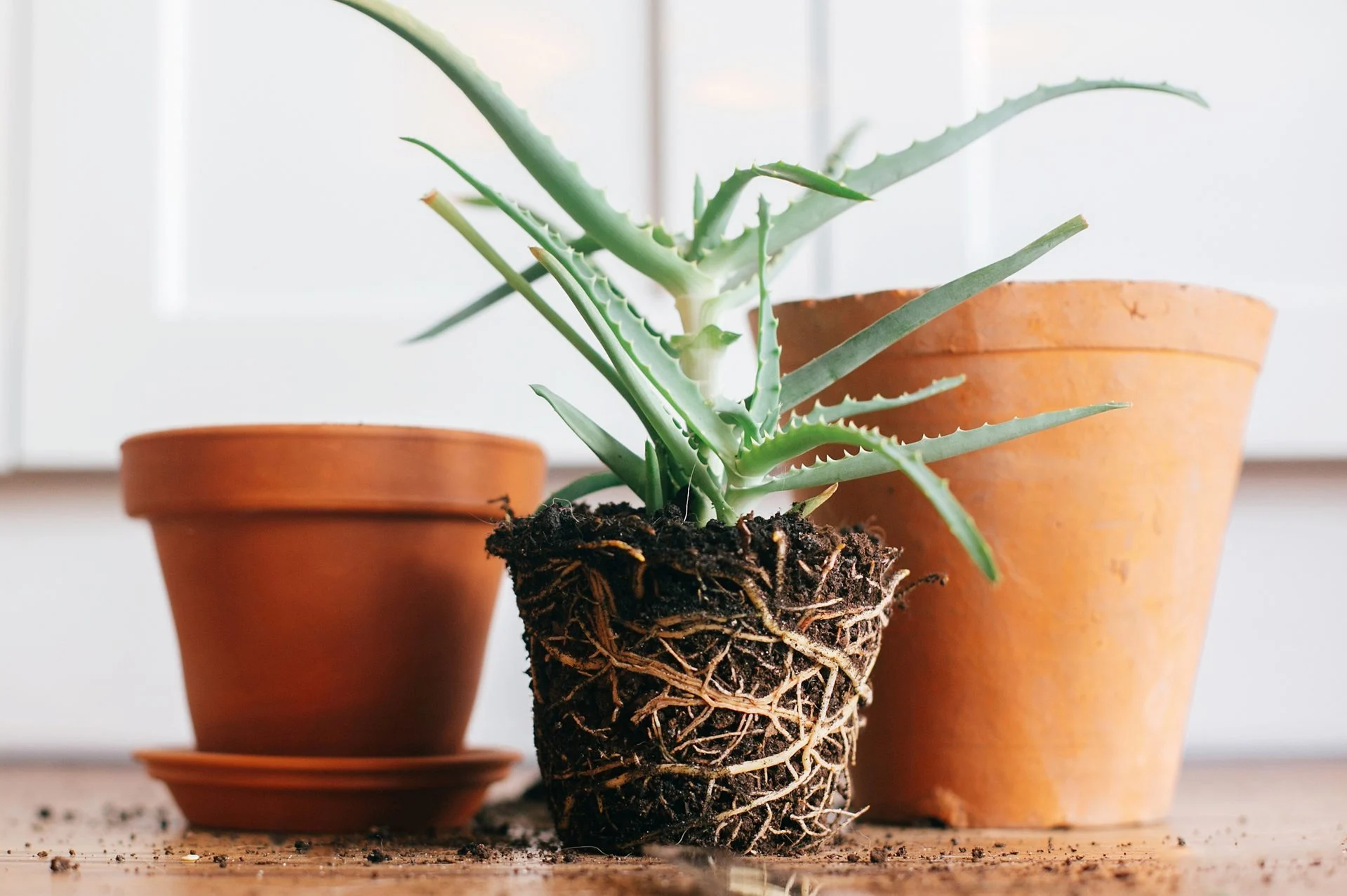Home>Types of Gardening>Edible Gardening>How Long To Dry Jalapeno Seeds Before Planting
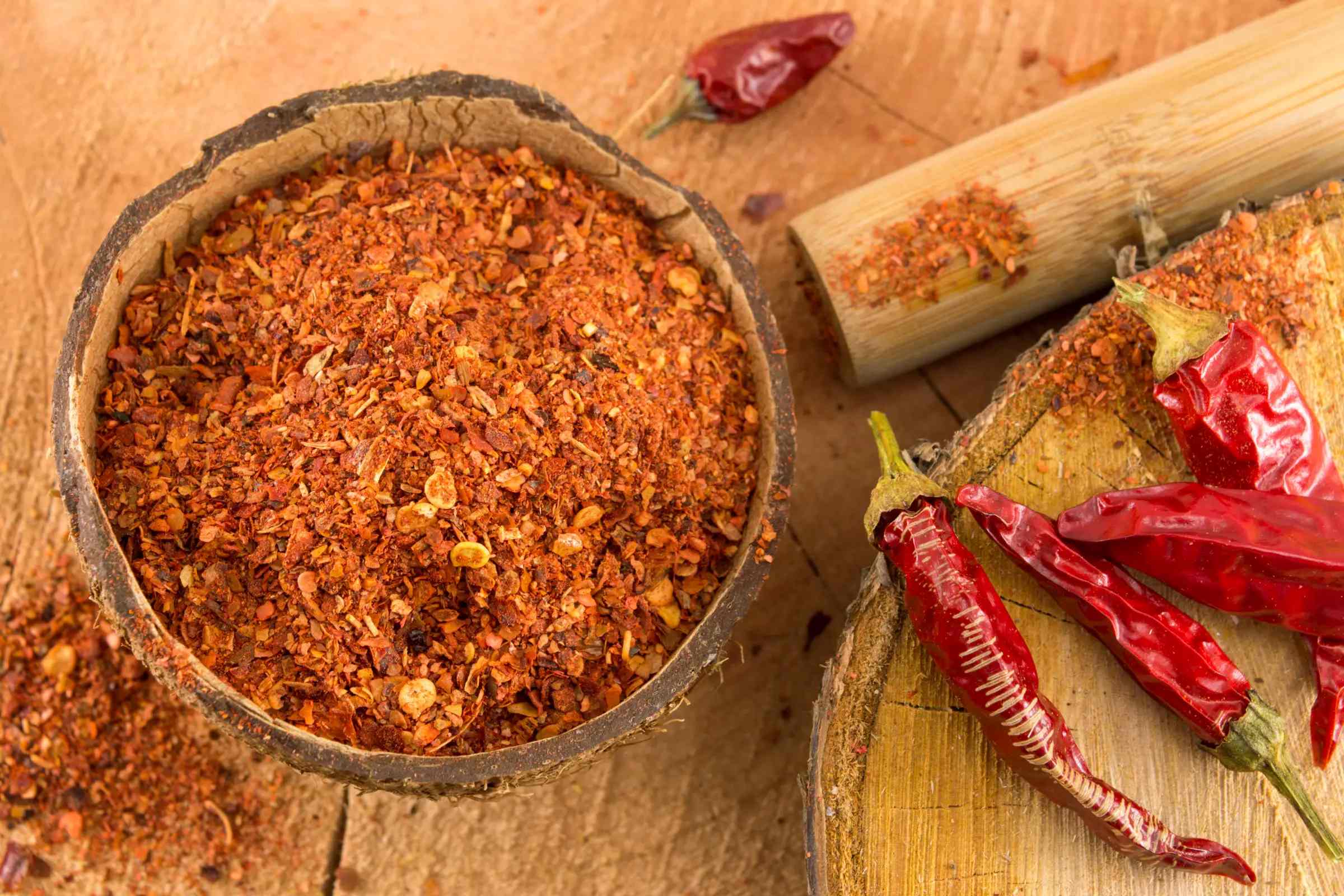

Edible Gardening
How Long To Dry Jalapeno Seeds Before Planting
Modified: January 22, 2024
Discover how long you should dry jalapeno seeds before planting them in your garden. Get tips and advice on edible gardening for a successful harvest.
(Many of the links in this article redirect to a specific reviewed product. Your purchase of these products through affiliate links helps to generate commission for Chicagolandgardening.com, at no extra cost. Learn more)
Table of Contents
Introduction
Welcome to the world of edible gardening! If you’re looking to add some spice to your garden, growing jalapeno peppers is a fantastic choice. Not only are jalapenos delicious and versatile in the kitchen, but they also thrive in various climates and are relatively easy to grow.
One important aspect of successful jalapeno cultivation is starting with high-quality seeds. While you can purchase pre-packaged seeds from a store, saving and drying your own jalapeno seeds can be a rewarding and cost-effective option. However, it’s crucial to understand the proper methods of drying and storing jalapeno seeds to ensure their viability for future planting.
In this article, we will explore the importance of drying jalapeno seeds, discuss the factors that affect drying time, recommend effective drying methods, and provide guidance on how long you should dry your jalapeno seeds before planting them. By the end, you’ll have the knowledge to save and store your jalapeno seeds like a pro, ensuring successful germination and a bountiful harvest.
Importance of Drying Jalapeno Seeds
Drying jalapeno seeds is a crucial step in the process of saving and storing seeds for future planting. Properly dried seeds offer several benefits that contribute to successful germination and healthy plant growth. Here are some reasons why drying the seeds is important:
- Increased Seed Viability: Drying jalapeno seeds helps to remove excess moisture, which can lead to seed rot or fungal growth. By removing moisture, you significantly increase the chances of your seeds remaining viable and germinating successfully.
- Enhanced Longevity: Properly dried jalapeno seeds have a longer shelf life than seeds that have not been dried. The drying process helps to reduce the seed’s metabolic activity, thereby preserving its vigor and viability for an extended period.
- Prevention of Seed Mold and Diseases: Damp or moist seeds can be prone to mold and other seed-borne diseases. By drying the seeds, you minimize the risk of these issues, ensuring that your future plants are healthy and disease-free.
- Improved Storage Conditions: Dried jalapeno seeds are less likely to attract pests or insects, which can damage or consume the seeds. Additionally, properly dried seeds are easier to handle and store, making them more convenient for long-term storage.
- Consistent Germination Rate: Drying jalapeno seeds helps to promote a consistent germination rate. When seeds are at the optimal moisture level, they are more likely to sprout at a similar time, leading to a more uniform and productive crop.
By taking the time to properly dry your jalapeno seeds, you are ensuring that you have a ready supply of high-quality seeds for future planting. This not only saves you money but also allows you to continue growing the same varieties of jalapenos that you enjoy year after year.
Factors Affecting Drying Time
When it comes to drying jalapeno seeds, several factors can influence the drying time. Understanding these factors can help you determine how long it will take for your seeds to dry completely. Here are some key factors to consider:
- Seed Size and Moisture Content: The size and moisture content of the jalapeno seeds play a significant role in the drying process. Larger seeds with higher moisture content may take longer to dry compared to smaller seeds with lower moisture content.
- Environmental Conditions: The temperature, humidity, and airflow in your drying environment can impact the drying time. A warm and dry environment with good air circulation can expedite the drying process, while cool and humid conditions may prolong it.
- Seed Density: The density of the seed batch you are drying can affect the drying time. If the seeds are tightly packed or have a higher density, it may take longer for the moisture to evaporate from the batch.
- Seed Maturity: The maturity of the jalapeno seeds can also impact the drying time. Seeds harvested from fully ripe jalapeno peppers tend to have a lower moisture content and may dry more quickly than seeds harvested from slightly underripe peppers.
- Drying Method: The method you choose for drying jalapeno seeds can also affect the drying time. Air drying, using a dehydrator, or using a combination of both methods will have varying effects on the overall drying time.
It’s important to note that the drying time for jalapeno seeds can vary from a few days to a couple of weeks, depending on these factors. Monitor the progress of your seeds regularly and make adjustments if necessary to ensure they dry thoroughly before storing.
Recommended Drying Methods for Jalapeno Seeds
Proper drying methods are essential for preserving the viability of jalapeno seeds. Here are some recommended drying methods to consider:
- Air Drying: Air drying is an easy and cost-effective method for drying jalapeno seeds. Start by spreading the seeds in a single layer on a clean and dry surface, such as a mesh screen or a paper towel. Choose a well-ventilated area away from direct sunlight, as excessive heat can damage the seeds. Stir or flip the seeds occasionally to ensure even drying. Depending on the environmental conditions, air drying can take anywhere from 1 to 3 weeks.
- Dehydrator: Using a dehydrator is a faster and more controlled method of drying jalapeno seeds. Set the dehydrator to a low temperature, around 95°F (35°C), and spread the seeds in a single layer on the drying trays. Keep the air vents open to allow moisture to escape. Check the seeds regularly and turn them if needed. Using a dehydrator typically reduces the drying time to 1 to 2 days.
- Combination Method: For quicker drying, you can combine air drying and using a dehydrator. Start by air drying the seeds for a couple of days to remove excess moisture, then transfer them to a dehydrator to speed up the drying process. This method can reduce the overall drying time to a few days.
- Seed Packets: An alternative method is to place the jalapeno seeds in paper envelopes or small paper bags. This allows the seeds to dry while still providing some airflow. Place the packets in a cool, dry area and check regularly for dryness.
Regardless of the drying method you choose, it’s essential to ensure that the seeds are completely dry before storing them. Improperly dried seeds can lead to mold or deteriorate over time, resulting in poor germination rates. To check for dryness, gently press a seed between your fingers. If it feels hard and brittle, it is likely dry and ready for storage.
Remember, the ultimate goal is to achieve thorough drying while maintaining the seed’s viability. Choose the method that works best for you and your specific environmental conditions to ensure successful seed preservation.
Determining Seed Dryness
Properly determining the dryness of jalapeno seeds is crucial to ensure their long-term viability. Here are some methods you can use to determine whether your seeds are adequately dry:
- Visual Inspection: One simple way to assess seed dryness is through visual inspection. Look for signs that the seeds have dried, such as a change in color or texture. Dry seeds often appear duller and have a harder, more brittle texture compared to their fresh counterparts.
- Seed Snap Test: Another method is the “seed snap” test. Hold a dry seed between your thumb and forefinger and try to snap it in half. If the seed breaks cleanly without any bending or resistance, it is likely dry enough for storage. If the seed bends or feels flexible, it needs more time to dry.
- Weight Loss: Weighing the seeds before and after the drying process can also help determine their dryness. Initially, weigh a representative sample of seeds and record the weight. Then, proceed with the drying method of your choice. Once the seeds are completely dry, weigh the same sample again. A significant reduction in weight indicates successful drying.
- Seed Moisture Content: For more precise measurement, you can use a seed moisture meter, which provides an accurate reading of the moisture content in the seeds. These meters are commonly used by professional seed growers but may not be readily available for the average home gardener.
It’s important to note that different drying methods and environmental conditions can affect the drying time and the desired moisture content for seed storage. Therefore, it’s best to use a combination of visual inspection and seed snap test to determine the optimal dryness for your jalapeno seeds.
Take the time to ensure that your seeds are fully dry before transferring them to storage containers. Moisture trapped in the seeds can lead to mold or rot, compromising their viability. It’s better to err on the side of caution and allow the seeds to dry for a few extra days rather than risking their long-term storage potential.
How Long to Dry Jalapeno Seeds Before Planting
The drying period for jalapeno seeds can vary depending on several factors, including seed size, moisture content, drying method, and environmental conditions. As a general guideline, jalapeno seeds should be dried for a minimum of 1 to 2 weeks before planting. However, it’s important to ensure that the seeds are thoroughly dry to prevent any issues during germination and plant growth.
When drying jalapeno seeds, it’s essential to be patient and allow enough time for the seeds to reach the optimal moisture level. Rushing the drying process may result in partially dried seeds, which can lead to poor germination rates or even seedling failure.
If you’re air drying the seeds, it can take anywhere from 1 to 3 weeks for them to dry completely. Factors such as seed size, moisture content, and environmental conditions in your drying area can influence the drying time. Regularly check the seeds for dryness using the various methods mentioned earlier, such as the visual inspection or seed snap test. When the seeds appear and feel dry and brittle, they are ready for planting.
If you’re using a dehydrator, the drying time is typically shorter, ranging from 1 to 2 days. Set the dehydrator to a low temperature, around 95°F (35°C), and monitor the seeds closely. Stir or turn the seeds periodically to ensure even drying. Once they are dry and have a hard texture, they are ready to be planted.
Remember, the drying time for jalapeno seeds may vary, so it’s essential to monitor the progress of your seeds regularly and make adjustments accordingly. The goal is to ensure that the seeds are completely dry and have a low moisture content before planting, as excess moisture can hinder germination and increase the risk of fungal diseases.
By allowing your jalapeno seeds to dry thoroughly before planting, you increase the chances of successful germination and the healthy growth of your jalapeno plants. Taking the time to properly dry and store your seeds will contribute to a productive and enjoyable gardening experience.
Preparing and Storing Dried Jalapeno Seeds
Once your jalapeno seeds are thoroughly dried, proper preparation and storage are crucial for maintaining their viability. Follow these steps to prepare and store your dried jalapeno seeds:
- Separating the Seeds: Start by separating the dried jalapeno seeds from any remaining plant debris. Gently rub the seeds between your fingers or use a sieve to remove any remaining chaff or husks.
- Cleaning the Seeds: Rinse the seeds with cool water to remove any residual debris. Be sure to dry them thoroughly afterward to avoid any lingering moisture.
- Labeling and Packaging: It’s essential to label your seeds correctly, noting the variety and the year of harvest. This information will be helpful when it’s time for planting. Use small, airtight containers or seed envelopes to store the seeds. These containers will protect the seeds from moisture, light, and pests.
- Providing Desiccant: To further safeguard the seeds against moisture, you can include a desiccant packet or a small sachet of silica gel in the container. This will help absorb any residual moisture and maintain the optimal storage conditions for the seeds.
- Choosing the Storage Location: Store the containers in a cool, dry, and dark place. A temperature between 32°F to 41°F (0°C to 5°C) is ideal for seed storage, as it helps maintain the seed’s viability.
- Checking the Seeds Periodically: Every few months, check the stored seeds for any signs of mold or moisture. If any seeds appear to be compromised, remove them immediately to prevent the spread of mold or decay to other seeds.
- Monitoring Seed Viability: Keep in mind that the viability of jalapeno seeds gradually decreases over time. It’s a good practice to perform a germination test before each planting season to determine the seed’s viability. This can be done by placing a few seeds on a damp paper towel in a sealed plastic bag and checking for germination after a week.
By following these steps, you are ensuring that your dried jalapeno seeds are prepared and stored in optimal conditions, thus maximizing their potential for successful germination and healthy plant growth in future growing seasons.
Conclusion
Growing jalapeno peppers from dried seeds can be a rewarding and cost-effective way to ensure a continuous supply of these spicy delights in your garden. By understanding the importance of drying jalapeno seeds and following the recommended drying methods, you can preserve the seeds’ viability and ensure successful germination.
Factors such as seed size, moisture content, drying methods, and environmental conditions influence the drying time for jalapeno seeds. It’s essential to be patient and allow enough time for the seeds to dry thoroughly before planting. Determining seed dryness through visual inspection, the seed snap test, or weight loss can help you ensure that the seeds are adequately dried.
Once the seeds are dry, proper preparation and storage are crucial to maintaining their viability. Cleaning the seeds, labeling them, and storing them in a cool, dry, and dark location with the aid of a desiccant packet will help preserve their quality over time. Monitoring the seeds periodically and conducting germination tests before each planting season will ensure that you have viable seeds for successful jalapeno cultivation.
So, whether you’re a seasoned gardener or just starting your edible gardening journey, saving and drying your jalapeno seeds is an excellent way to continue growing the plants you love while saving money and preserving heirloom varieties. Follow the guidelines outlined in this article, and enjoy the satisfaction of growing your own jalapeno peppers from dried seeds!
